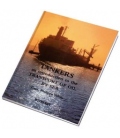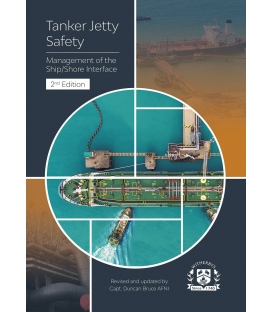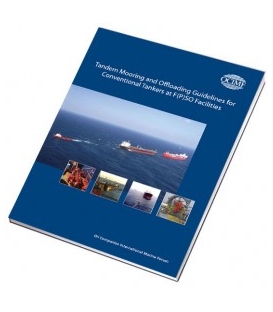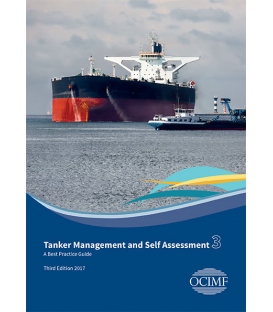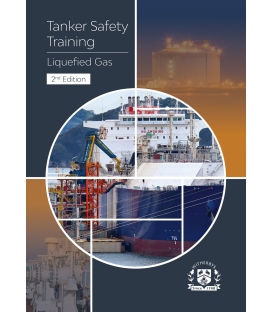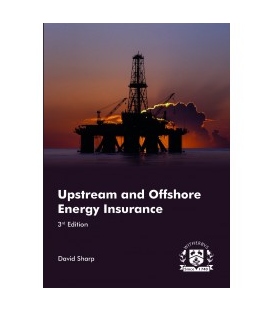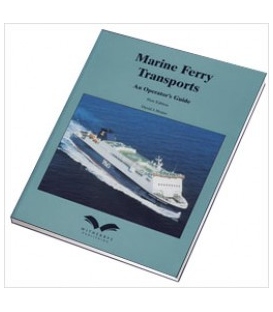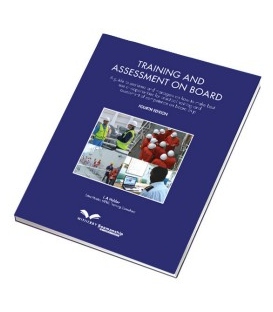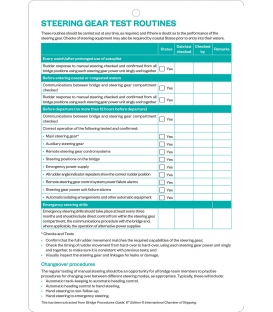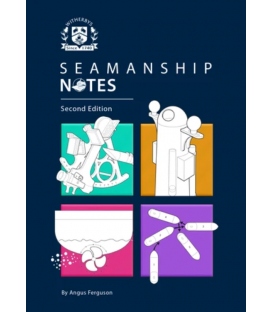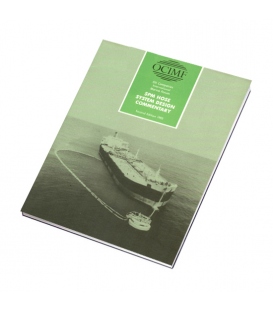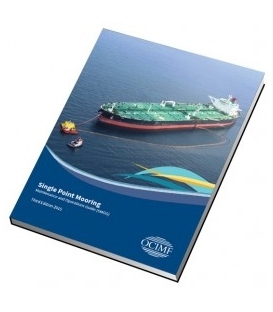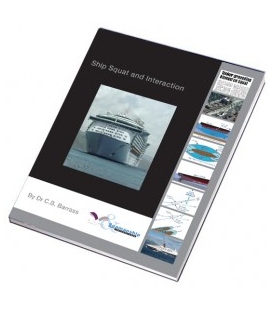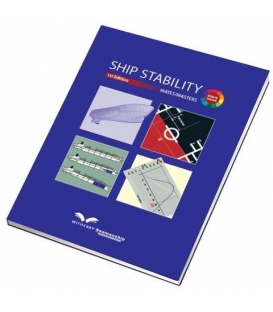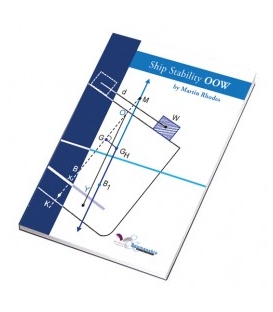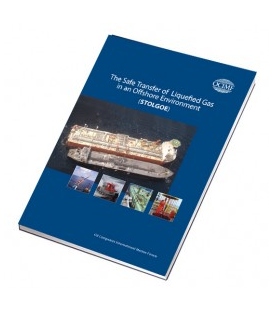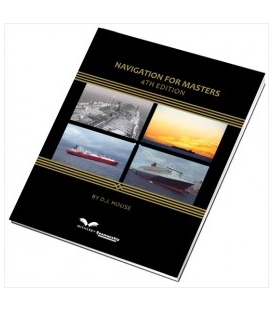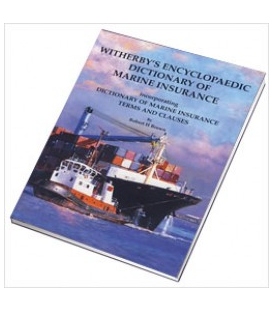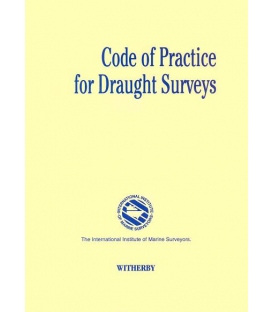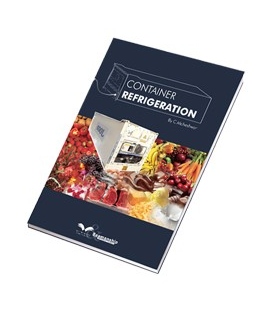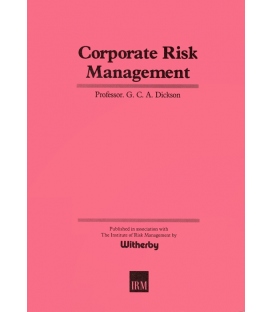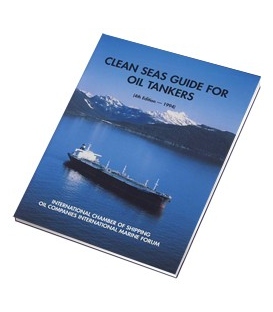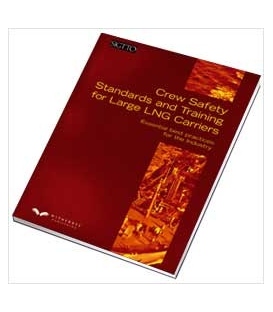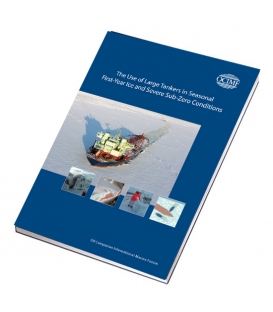- Home
- >
- Nautical Books
- >
- By Publisher
- >
- Witherby Seamanship International
- >
- The Use of Large Tankers in Seasonal First-Year Ice and Severe Sub-Zero Conditions, 1st, 2010
Categories
- CLEARANCE
- New Editions
- Nautical Charts
- Nautical Books
- E-Readers & E-Books
- Occupational Safety & Health Administration (OSHA)
- Destinations
- Code of Federal Regulations (CFR)
- USCG Exam Study Materials
- International Maritime Org. (IMO)
- Sealite Aids to Marine Navigation
- Flags
- Digital Charts
- Nautical Software
- Marine Supplies
- Navigation Equipment
- Intracoastal Waterway
- Ocean Cruising
- Great Circle Route
- Gift Shop
- CLEARANCE
- New Editions
- Nautical Charts
- Nautical Books
- E-Readers & E-Books
- Occupational Safety & Health Administration (OSHA)
- Destinations
- Code of Federal Regulations (CFR)
- USCG Exam Study Materials
- International Maritime Org. (IMO)
- Sealite Aids to Marine Navigation
- Flags
- Digital Charts
- Nautical Software
- Marine Supplies
- Navigation Equipment
- Intracoastal Waterway
- Ocean Cruising
- Great Circle Route
- Gift Shop
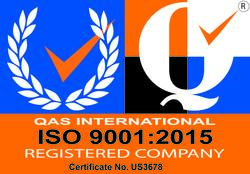

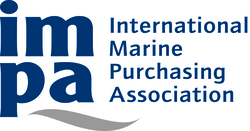
Sign up for our Newsletter
WIULTSFYI
New product
Product Code: WS1269K
ISBN 13: 978-1-85609-429-0 (9781856094290)
ISBN 10: 1-85609-429-4 (1856094294)
Author: OCIMF
The Use of Large Tankers in Seasonal First-Year Ice and Severe Sub-Zero Conditions, 1st, 2010
Independent ice navigation and the icebreaker-escorted navigation of large tankers are concepts that may be relatively new to many tanker owners and charterers. The purpose of this publication is to provide guidance to chartering and vetting groups on the safe operation of tankers in areas affected by seasonal first-year ice.
With the changes that have occurred in the Russian Federation, the tanker market has experienced an increase in the export of crude oil by large tankers from Baltic terminals impacted by the potential for winter ice navigation. This trend has continued elsewhere in the
world as crude export terminals have been established or are planned in other ice navigation areas, such as the Barents Sea, White Sea and in proximity to Sakhalin Island (Eastern Russian Federation).
Some sectors of the industry have been used to dealing with the more traditional high ice class, smaller tankers designed specifically for escorted or unescorted ice transit. What is relatively new to the industry is the increase in demand for larger-sized crude tankers of low, or no, ice class to trade out of an increasing number of ports subjected to first-year ice formation.
Areas commonly affected by first-year ice include the Baltic Sea, White Sea, Barents Sea, the Eastern coast of Canada, Cook Inlet and in the proximity of Sakhalin Island in the Eastern Russian Federation.
The guidance is primarily aimed at the use of low, or no, ice class tankers, from 50,000 tonnes deadweight upwards, likely to encounter first-year ice. The document does not address established or specialised ice trades utilising high ice class tonnage.
It is recommended that charterers limit the use of low, or no, ice class ships in ice covered areas and nonwinterised ships during severe sub-zero temperature conditions. For the purpose of this document, ‘severe sub-zero’ conditions are defined as forecasted daily mean ambient temperatures below -15°C.
Reviews
30 other products in the same category:
- About Us
- Our Services
- Ordering & Shipping
- Resource Links
- Blog
- CLEARANCE
- New Editions
- Nautical Charts
- Nautical Books
- E-Readers & E-Books
- Occupational Safety & Health Administration (OSHA)
- Destinations
- Code of Federal Regulations (CFR)
- USCG Exam Study Materials
- International Maritime Org. (IMO)
- Sealite Aids to Marine Navigation
- Flags
- Digital Charts
- Nautical Software
- Marine Supplies
- Navigation Equipment
- Intracoastal Waterway
- Ocean Cruising
- Great Circle Route
- Gift Shop



